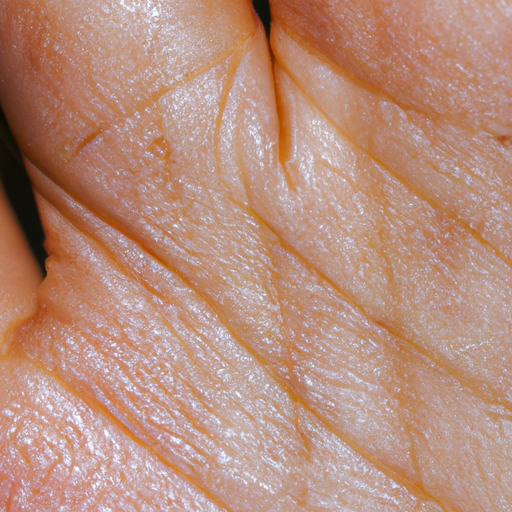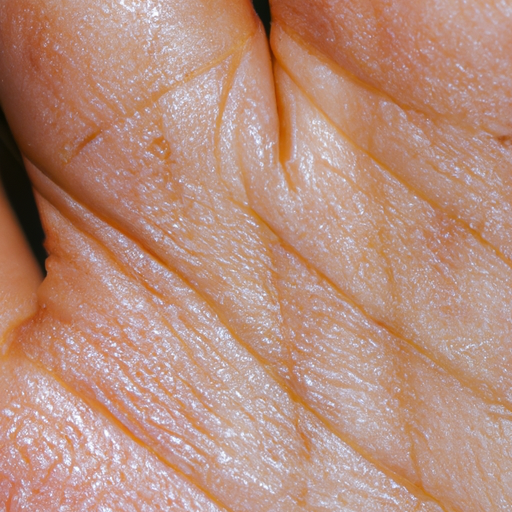Exfoliation is a crucial part of any skincare regimen, and it’s not just limited to the face. The entire body can benefit from this process, which involves the removal of dead skin cells to reveal a more radiant and youthful complexion. This article aims to provide a comprehensive guide to face and body exfoliants and their usage.
The skin is the largest organ in the human body, and it’s constantly renewing itself. However, as we age, the natural process of skin cell turnover slows down. This can result in dull, rough, or dry skin. Exfoliation helps to speed up this process, removing the layer of dead skin cells and revealing the fresh, healthy skin underneath.
There are two main types of exfoliants: physical and chemical. Physical exfoliants use small particles, brushes, or scrubs to physically remove dead skin cells. Examples include sugar or salt scrubs, loofahs, and exfoliating brushes. On the other hand, chemical exfoliants use acids or enzymes to dissolve dead skin cells. Examples include products containing alpha hydroxy acids (AHAs), beta hydroxy acids (BHAs), or enzymes like papain and bromelain.
Physical exfoliants are generally recommended for those with normal to oily skin, while chemical exfoliants are better suited for those with sensitive or dry skin. However, it’s important to note that everyone’s skin is different, and what works for one person may not work for another. It’s always best to consult with a dermatologist or skincare professional before starting a new exfoliation regimen.
The face and body require different types of exfoliation due to the difference in skin thickness. The skin on the face is thinner and more delicate than the skin on the body, so it’s important to use gentler products. For the face, consider using a mild physical exfoliant like a facial scrub or a chemical exfoliant like a glycolic acid peel. For the body, a coarser scrub or brush can be used, or a chemical exfoliant like a salicylic acid body wash.
When it comes to frequency, most experts recommend exfoliating the face 1-3 times per week and the body 2-3 times per week. However, this can vary depending on your skin type and the type of exfoliant you’re using. Over-exfoliation can lead to redness, irritation, and even damage to the skin barrier, so it’s important to listen to your skin and adjust your routine as necessary.
After exfoliating, it’s crucial to moisturize to replenish any moisture that was lost during the process. Look for products that contain hydrating ingredients like hyaluronic acid, ceramides, or glycerin. And don’t forget to apply sunscreen, especially if you’re using chemical exfoliants, as they can make your skin more sensitive to the sun.
In conclusion, exfoliation is a key step in maintaining healthy, radiant skin. Whether you prefer physical or chemical exfoliants, remember to choose products that are appropriate for your skin type and area of application (face or body). Always follow up with moisturizer and sunscreen, and don’t overdo it – sometimes less is more when it comes to skincare. With the right approach, you can unveil your skin’s natural radiance and keep it looking youthful and vibrant.




